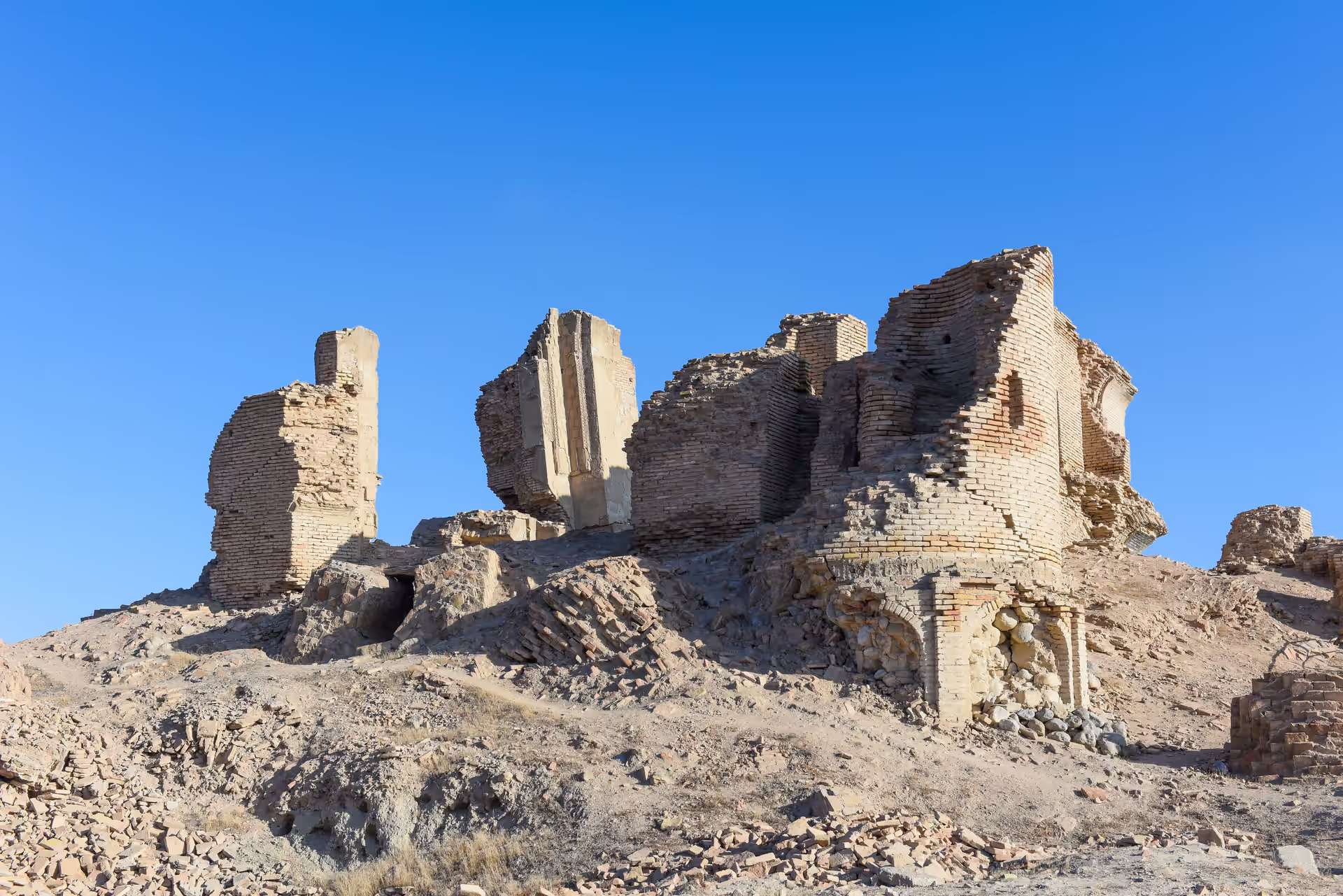
The Seyit Jemaleddin Mosque – The Dragon Mosque of Anau
About This Destination
The Seyit Jemaleddin Mosque, also known as Seyit-Jemal ad-Din, is one of the most celebrated architectural monuments of Turkmenistan, reflecting the grace of Timurid art and the mystical heritage of medieval Khorasan. Built in 1456 during the reign of Abul Qasim Babur, a descendant of the Timurids in Khorasan, it remains one of the most significant examples of 15th-century Islamic architecture in the region. Getting There The mosque is located in Anau, about 12 km east of Ashgabat, along the Ashgabat–Mary highway. It can easily be reached by taxi or public transport from the capital.
History
What to Expect Originally, the Seyit Jemaleddin complex included a mosque, madrasah, and the mausoleum of Sheikh Jemal ad-Din, the father of Abul Khudaydot, the vizier who financed the construction. The mosque featured a large domed prayer hall, surrounded by rooms for teaching and spiritual study. Its north façade was decorated with the famous relief of two dragons — an extremely rare motif in Central Asian Islamic art — symbolizing power and divine protection. Inside, the main chamber measured 10 × 50 meters, with a domed roof and a veranda facing the courtyard. The walls were once adorned with colorful tilework and Kufic inscriptions, and the qibla niche faced the southwest toward Mecca. Although most of the structure was destroyed by the Ashgabat earthquake in 1948, its ruins — along with the well, sardoba (cistern), and courtyard traces — still evoke the spirit of medieval life along the Silk Road. Historical Background The site of Anau has been inhabited for over 2,500 years, flourishing in the 9th–10th centuries as a major fortified town. Destroyed during the Mongol invasions of the 13th century, Anau was revived in the 14th and 15th centuries, becoming a vibrant cultural and trading center under the Timurids. The mosque’s foundation inscription confirms it was completed in 1456, funded by Vizier Mohammed Khudaydot near the tomb of his father, the local saint Sheikh Jemal al-Din of Anau. Facilities Available Visitors can find public restrooms, a modern functioning mosque, tapchans (traditional outdoor seating), sadaqa kitchens for charity meals, and a sardoba (historic water cistern). An information board on site provides historical details for visitors. Despite the ruins, Seyit Jemaleddin Mosque remains a beloved pilgrimage and cultural site, a symbol of faith, art, and Turkmen endurance.
Tours Available
Quick Info
Plan Your Visit
Need Help?
Our travel experts are here to help you plan the perfect trip
